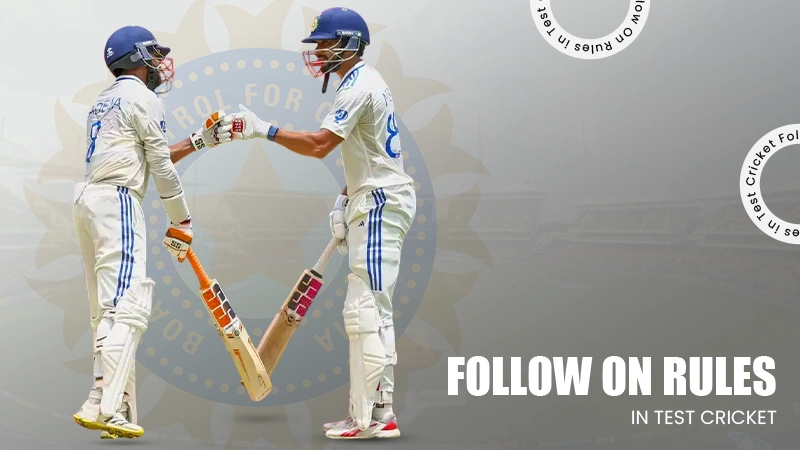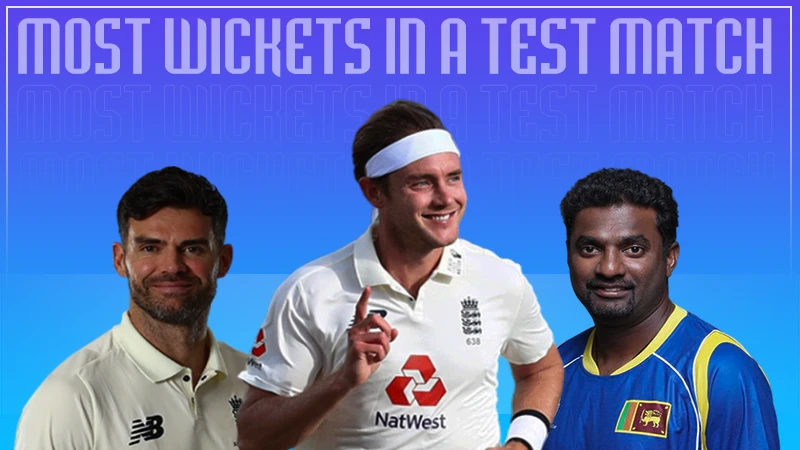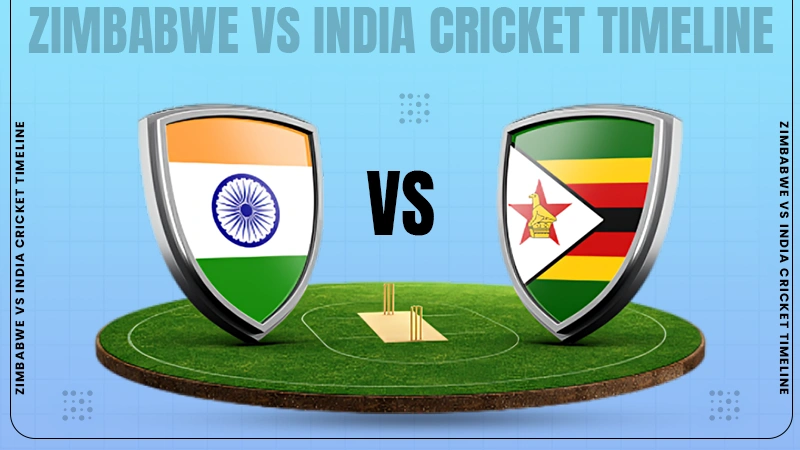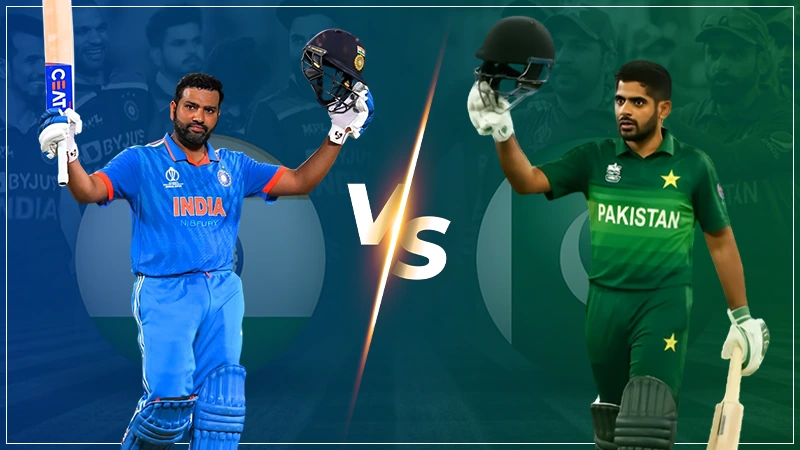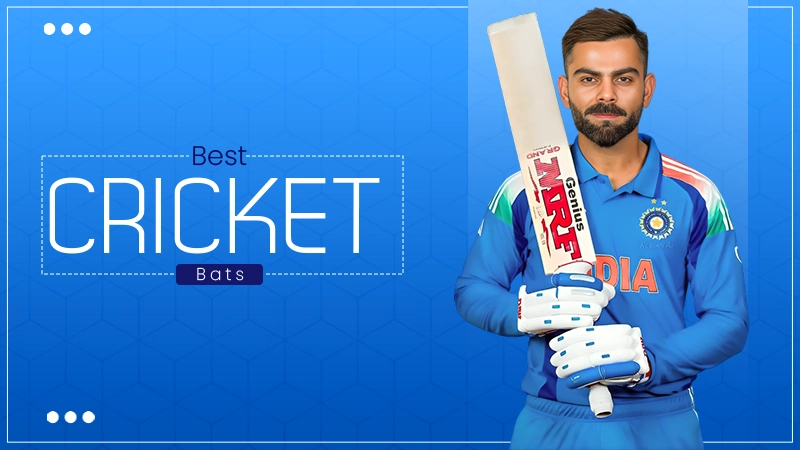
The Impact of Data Analytics on Modern Cricket Strategies

Cricket isn’t solely reliant on powerful hits and speedy bowls anymore—it has become a more intelligent game.
Now, players with the aid of their coaches use data to devise better plans and play more effectively.
In fact, during the period of 2025 to 2029, the global market for cricket equipment is projected to reach USD 2776.7 million.
This statistic illustrates how technology and tools are transforming the game.
From monitoring an athlete’s fitness to determining the optimal batting sequence, data is enabling teams to make discerning decisions.
This blog will highlight how modern cricket is being transformed by data analytics.
You may continue reading this article to understand how your beloved sport is getting more intelligent every day.
KEY TAKEAWAYS
- In modern times, curators work with analysts who track how pitches are across different conditions, seasons, and matches.
- Data analytics help them create models that predict how the pitch will change during different seasons, helping them prepare better.
- Based on player vulnerability analysis, teams can craft unique plans for each player.
- Data can provide real-time win probability assessment for different tactics.
- Workload monitoring systems help teams track each and every moment that occurred during the game.
The Science of Pitch Preparation
Gone are the days when groundsmen just looked at clouds and trusted their instincts.
In today’s time, curators work with analysts who track how pitches are across different conditions, seasons, and matches.
I was particularly impressed by England’s approach before their 2021 India tour.
They didn’t just practice on similar surfaces, but they also studied five years of data from Indian pitches.
These analysts help them create models that predict how surfaces would deteriorate on the fourth and fifth days.
This informed their selection and batting strategies throughout the series.
Even in domestic cricket, teams now use devices measuring soil moisture, grass density, and hardness.
The teams spent more time analyzing pitch data during a recent Ranji Trophy match I attended than actually practicing on it!

Changing How Fans Experience Cricket
I hardly have wondered about it, but the data revolution has actually transformed my own cricket-watching experience.
I’m now one of the million Indians who play Fantasy Cricket online.
And this has encouraged me to think like an analyst rather than just a fan.
I have also seen major changes and evolution in the broadcast field, too.
Such as in last weekend’s IPL match that featured expected run values.
They pressured indexes and matchup statistics that would’ve seemed foreign just five years ago.
What’s more surprising to me is my nephew, who never cared for cricket, now watches specifically for these analytical insights.
He represents a new generation of fans who appreciate the game’s strategic complexities revealed through data.
DO YOU KNOW?
Data analytics can be used to detect and prevent fraudulent activities within the game, such as cheating or botting, helping to ensure a fair and enjoyable experience for all players.
Bespoke Bowling Tactics
The most visible impact that I have noticed is of analytics that appear in bowling strategies.
Teams now craft unique plans for each batsman based on comprehensive vulnerability analysis.
For instance, Pat Cummins’ dominance over Virat Kohli demonstrates this perfectly.
Australia’s analysts identified specific zones where Kohli struggles, creating “heat maps” showing his scoring patterns and dismissal probabilities.
Even at last month’s Mumbai-Punjab match, fielders shifted positions between deliveries.
That was based on the batsman’s scoring tendencies against specific bowling types.
The captain wasn’t just following hunches—he was implementing data-driven plans adapted to each specific match situation.
Flexible Batting Approaches
Data has thoroughly disrupted traditional batting orders that were previously unattainable.
Teams now deploy flexible lineups optimized for specific match situations rather than fixed positions based on seniority.
You may have heard of this “matchup advantage” that’s a concept that fascinates me.
For instance, when Chennai promotes left-handed Jadeja specifically to face certain bowlers.
They are acting on statistical evidence, which shows significant performance differentials in specific player vs. player scenarios.
Even Test cricket has seen major evolution and has seen a significant impact.
Such as England’s approach during their 2022 home summer represented a dramatic shift.
And that also with batting positions, which are determined by analyzing when specific bowlers would be most dangerous, rather than traditional numbered positions.
Revolutionizing Talent Identification
Scouting has transformed from subjective observation to sophisticated performance analysis.
When Rajasthan signed relatively unknown players like Yashasvi Jaiswal before he became a star.
They weren’t gambling—they were trusting data identifying specific skills that translate to higher levels.
National academies now provide individualized development plans targeting specific performance gaps.
England fast-tracked young Rehan Ahmed to international cricket despite modest domestic statistics.
That is because their models identified exceptional potential in specific metrics that traditional statistics missed.
The integration of biomechanical data particularly impresses me.
After visiting Australia’s pace development program last year, I was amazed to see motion-capture technology.
And how it was identifying mechanical inefficiencies that might cause injuries years before they become obvious.
Protecting Players Through Data
Thanks to Analytics, the game of cricket has become safer, especially for fast bowlers who’ve always been at significant injury risk.
Considering that, the teams now use workload monitoring systems that help them track every ball bowled in matches and training.
These analytical processes create individualized risk profiles for each player.
When India rested Bumrah during crucial matches against Australia, they weren’t being overly cautious.
They actually followed data-driven protocols that were designed to maximize his career longevity.
Cricket Australia’s injury surveillance database, tracking every significant injury since 1998, has identified critical workload thresholds where injury risk spikes dramatically.
This research has transformed scheduling and rotation policies across formats.
Not only this, sports analysis is also extremely useful in business-oriented applications and game performance as well, as depicted below:

Data-Driven Match Strategy
The strategic timeout in T20 cricket has evolved from simple rest periods to required tactical interventions.
Teams bring detailed matchup statistics and phase-specific plans to these discussions.
And those with analysts who provide real-time win probability assessments for different tactical options.
Test cricket’s declaration decisions now rely on risk assessment models rather than conventional wisdom.
When England declared against New Zealand at Headingley in 2022, leaving what seemed too many runs for the opposition.
They weren’t being reckless—their analysis showed the specific conditions that created favorable win probabilities despite traditional thinking suggesting otherwise.
Conclusion
As technology continues to advance, we can expect even more sophisticated applications.
Ball-tracking systems have already measured seam position and spin revolution rates.
Future iterations will likely track subtler aspects like finger position at release and grip pressure.
Wearable technologies will provide real-time physiological data during matches.
This will enable unmatched customization of tactics based on the condition of the player.
Weighing all these factors, it can be guessed which will be the most successful cricket teams of the coming decade
Those who will be finding the optimal balance between analytical insight and cricket’s human elements.
The data revolution hasn’t eliminated the need for instinct and experience – it has provided tools to apply that wisdom more effectively than ever before.
Frequently Asked Questions
Ans: Today, data analytics is used in sports to help teams and athletes perform better.
Ans: Data analytics in cricket involves analyzing historical data on players’ performance, team records, and various other factors that can help improve performance.
Ans: Sports analytics helps coaches, teams, and analysts gain insights into player performance, tactics, and game strategies.


